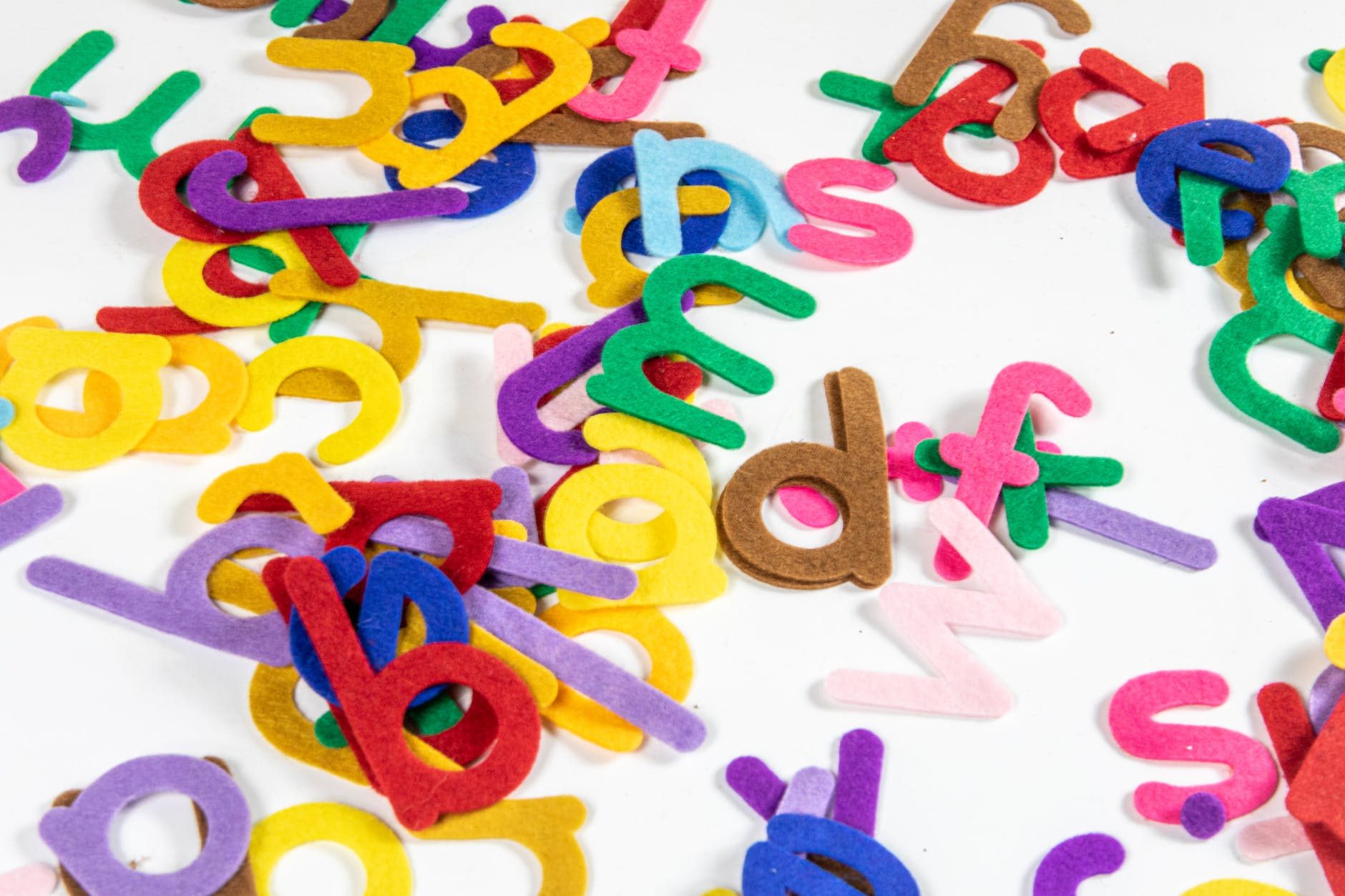
Selecting the right preschool for your child can be nerve-wracking. First and foremost, there are various preschools in Singapore to choose from, and you’ll need to carry out groundwork research before your child joins one.
Depending on your family’s preference, you can enroll your child in a full-day or half-day care programme or one that offers only kindergarten education.
If you’re not sure about the best preschool for your child, don’t fret! Our list offers the ultimate guide of preschools found in Singapore.
1) Montessori

The Montessori curriculum is a way of spontaneous learning that encourages learning through free play. It allows children to have hands-on experience when in their classrooms. Because it’s child-directed, children always take the lead during lessons.
The Montessori curriculum doesn’t group children by age. Teachers guide them as they move freely around the classroom and learn at their pace.
Additionally, it focuses on teaching children about daily skills such as:
- Cleaning up after themselves
- Taking care of their belongings
- Share things with others
- How to cough into one’s elbow
- Tying shoelaces
- How to prepare a snack
These are essential life skills that children should learn from an early age. Though the Montessori preschool setting offers structured lessons, children can make their own choices.
2) Reggio Emilia
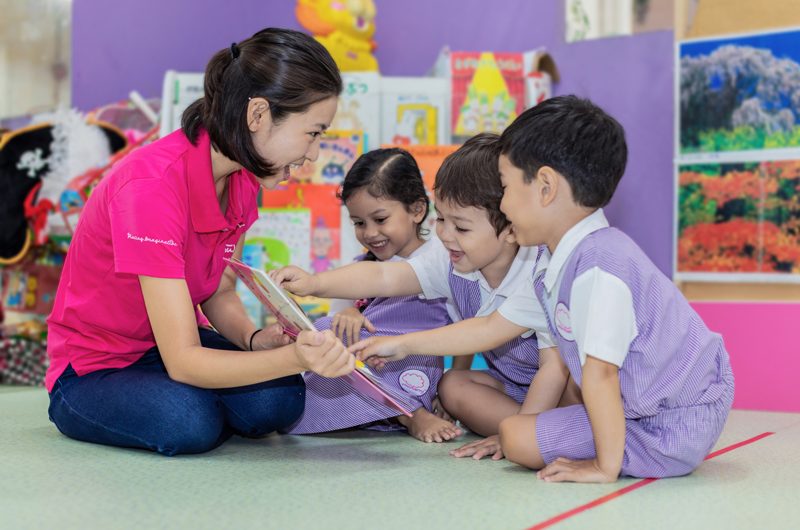
Reggio Emilia centres on the development of interpersonal skills. The system, which originates from Italy, is an extended approach to Early Childhood Education. Each Reggio Emilia preschool has adapted the needs of each community where it’s located, meaning the preschools meet the needs of Singaporean culture.
Reggio Emilia’s model of learning also centres on child-directed learning. They believe that children are driven by their interests to learn more.
With Reggio Emilia, they emphasize social learning and group children by age group, unlike Montessori preschools. The fundamental belief is to value the questions and thoughts of each child. They also encourage teachers and students to communicate more. It’s also their conviction that the environment where a child stays, inspires them to learn about their surroundings.
3) Play-Based
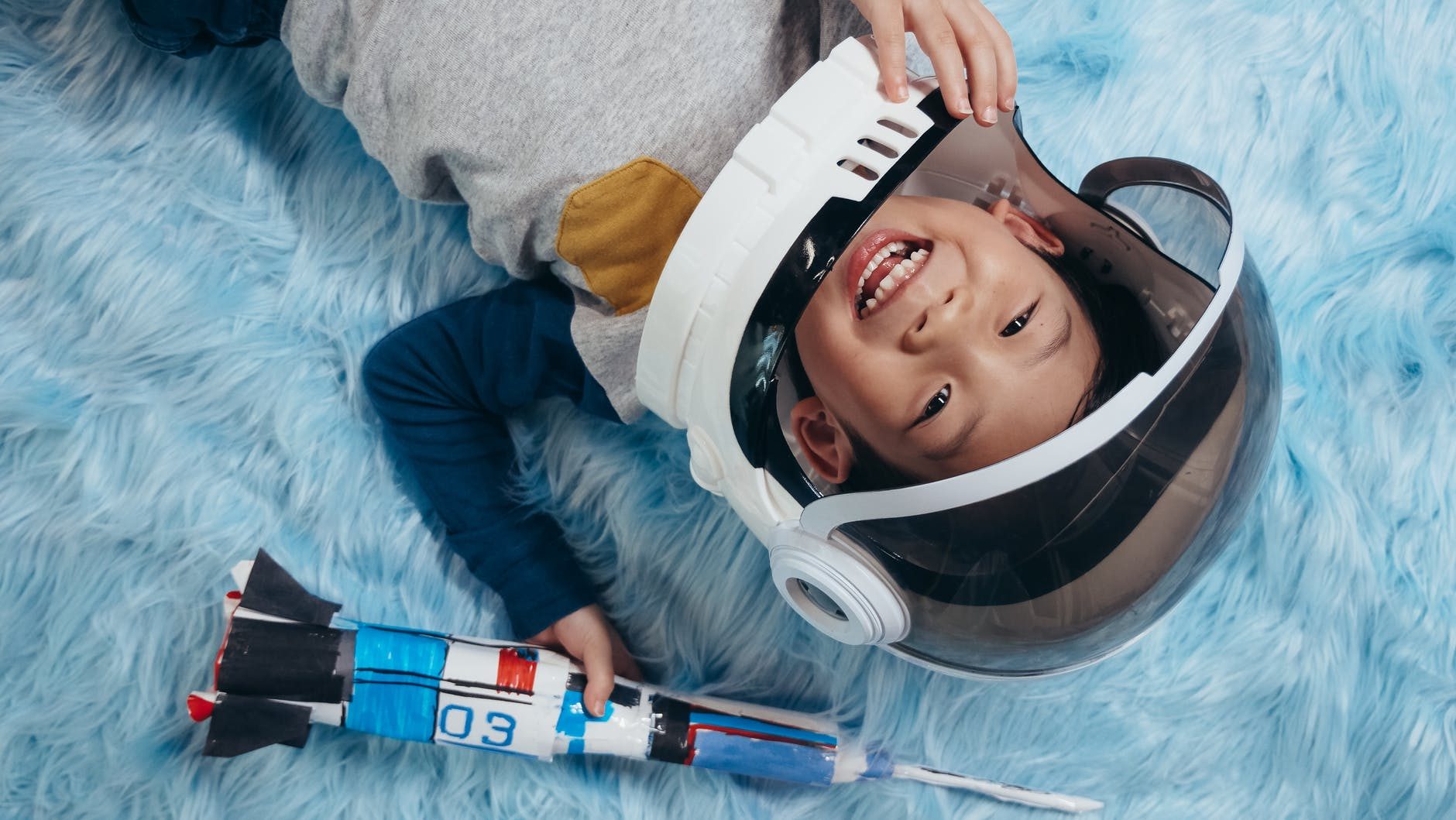
According to the play-based curriculum, learning is natural for children. The curriculum utilises different types of play to build language and numeracy skills, the motivation to learn, and social skills.
They also encourage independence and sharing as opposed to rigorous learning. In a play-based preschool, you’ll find activities such as sensory play, crafts, music, among many other things.
Teachers at play-based preschools observe children closely and ensure the classroom setting stimulates the children’s interest and their learning.
4) Theory of Multiple Intelligences

The Theory of Multiple Intelligences believes that intelligence is all-around and shouldn’t focus on academics alone. Every child has eight types of intelligence, namely:
- Interpersonal
- Naturalistic
- Bodily-kinesthetic
- Visual-spatial
- Musical-rhythmic
- Intrapersonal
- Logical-mathematical
- Verbal-linguistic
Children can perform better in certain subjects as compared to others. This type of preschool encourages learning in a way that considers the strengths and interests of a child.
Preschools that have embraced the Theory of Multiple Intelligences as part of their curriculum focus on improving children’s weaker areas and developing their strengths. Some preschools that offer this curriculum in Singapore are Preschool for Multiple Intelligences, Posso Preschool, ChildFirst.
5) The High Scope
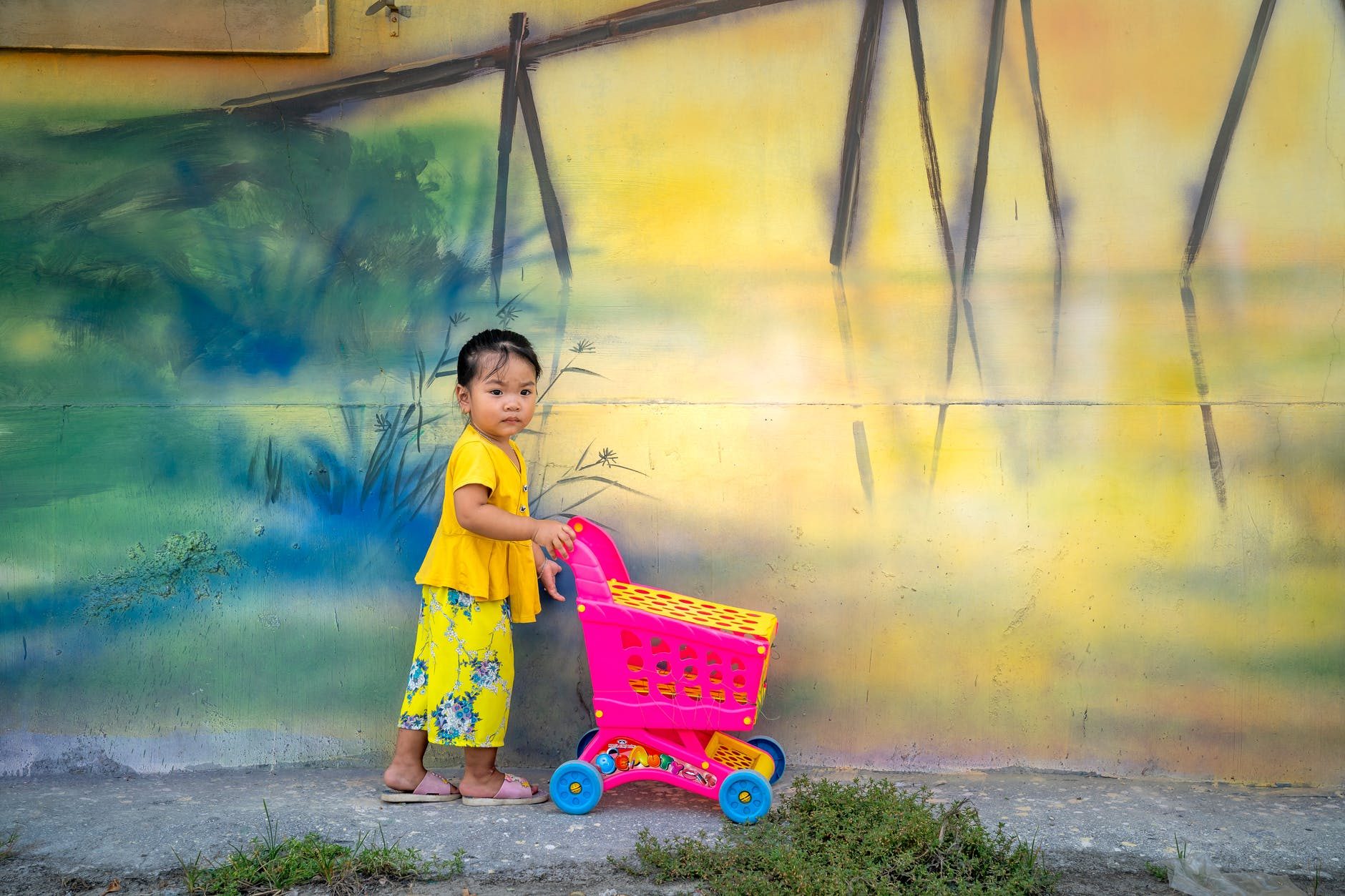
The High Scope mode of learning was introduced in Michigan in the 1960s. Its curriculum is based on the educational theories of Lev Vygotsky, John Dewey, and Jean Piaget.
This learning system emphasises the importance of children interacting with the environment, including daily activities.
A preschool that uses the High Scope teaching model is rare even in Singapore. The curriculum seeks to take learners through a personalised process called “active participatory learning.”
High Scope preschools focus on developing various skills among children, including communication, interpersonal, and problem-solving skills. Teachers encourage children to go after interests or activities they prefer using time, equipment, and materials at their disposal.
At the end of school hours, children assemble and analyze their day. This includes the “plan-do-review,” which is the bedrock of the High Scope curriculum. The British Council Preschool Singapore offers this curriculum.
6) Art-Based
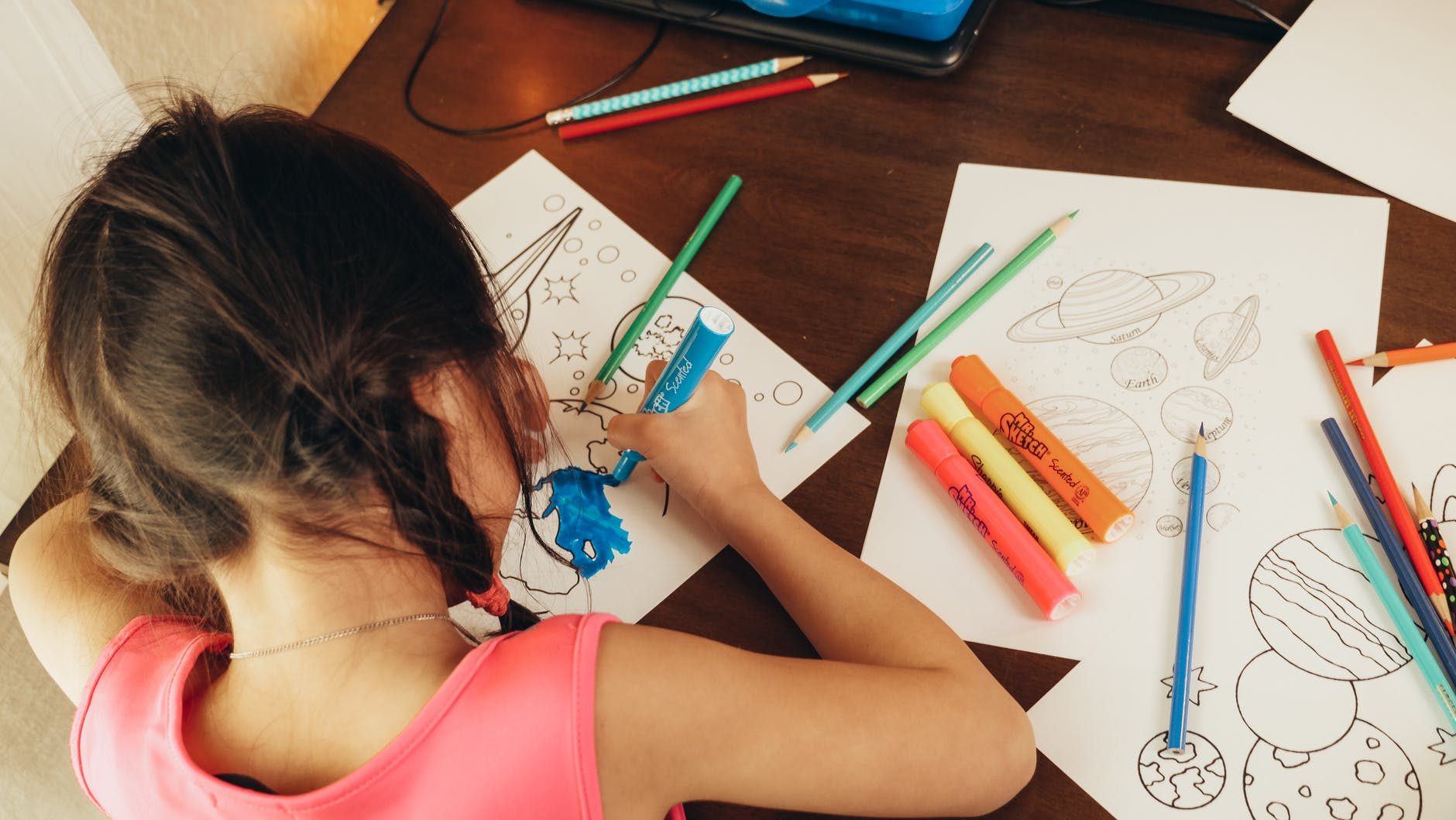
The education system is creative and holistic because children receive music, dance, speech, drama, and visual arts lessons. Art-based child centres combine academics with various art subjects. This curriculum covers Numeracy, Literacy, and Arts in their syllabus.
For small children, art is a form of self-expression. This expression could be through dancing, singing, finger painting, or face painting. Adults or teachers may not understand what a child paints, but in their world, it’s how they process their thoughts and emotions.
7) Whole Brain Learning
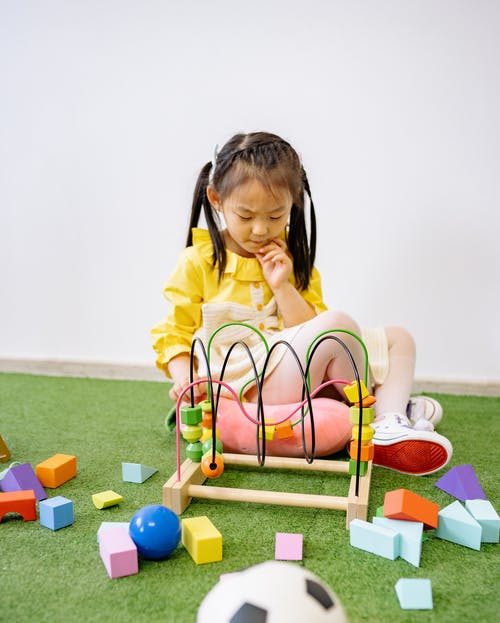
Whole-Brain Learning encourages focusing on the left and right sides of the brain. The Whole-Brain learning system teaches children that learning and reaching their goals are essential.
In this curriculum, parents are encouraged to introduce learning to children from a younger age because studies reveal that the brain is optimal for learning between age 0 and 16 years.
Children are encouraged to understand their environment with the guidance of teachers who help them understand each step of their tasks.
Whole Brain Learning offers play, arts, and music for a diverse and all-rounded education.
8) Collaborative Preschools
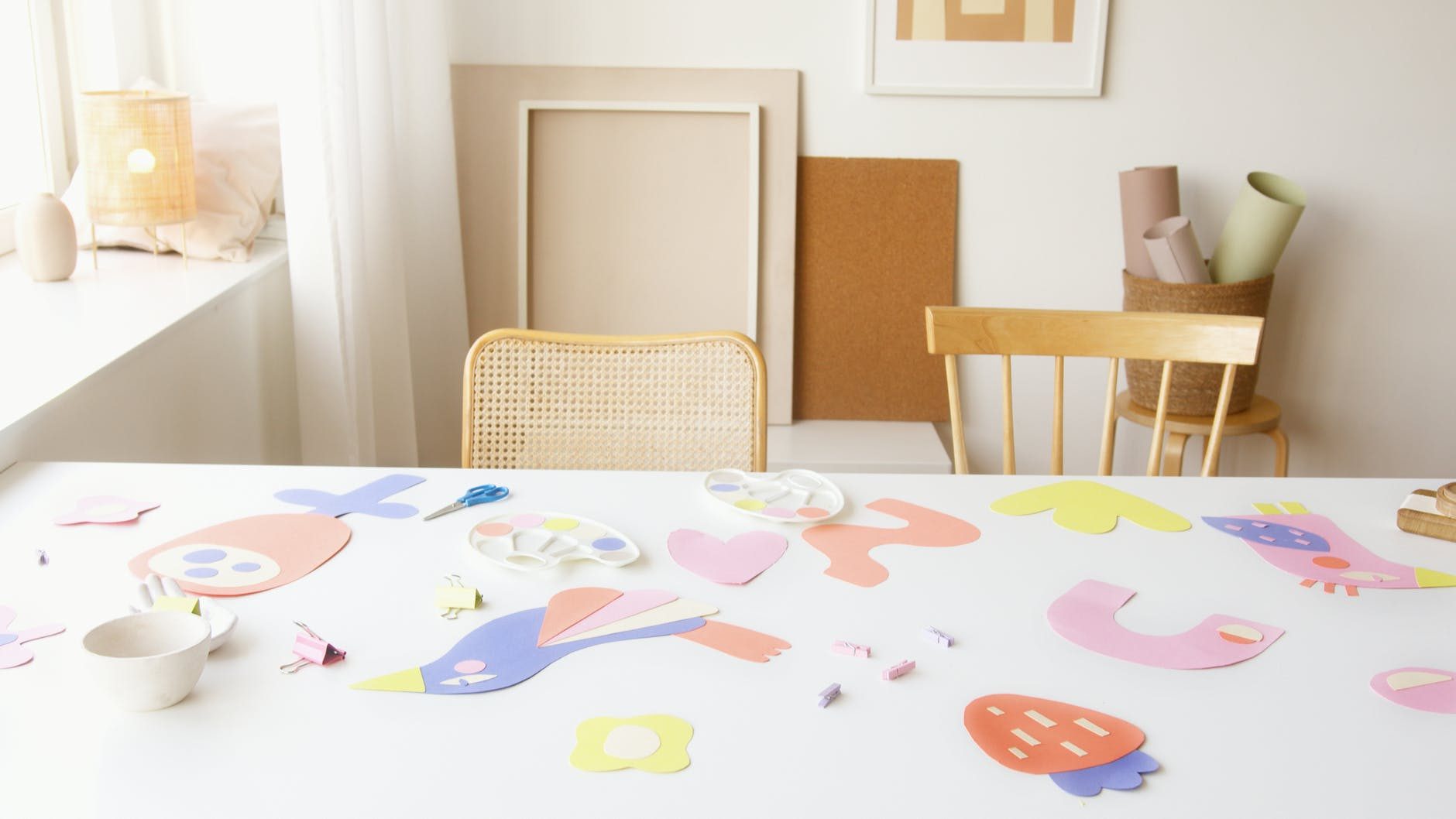
Collaborative preschools have sprung up in Singapore in recent years. Repton Schoolhouse, which opened in January 2019, is a good example. The school combines British and Singaporean curricula.
Although these preschools are relatively new, they provide children with various learning styles. If you seek to enroll your child into a preschool that offers different disciplines, Collaborative Preschools are the best place to start.
9) The National Curriculum
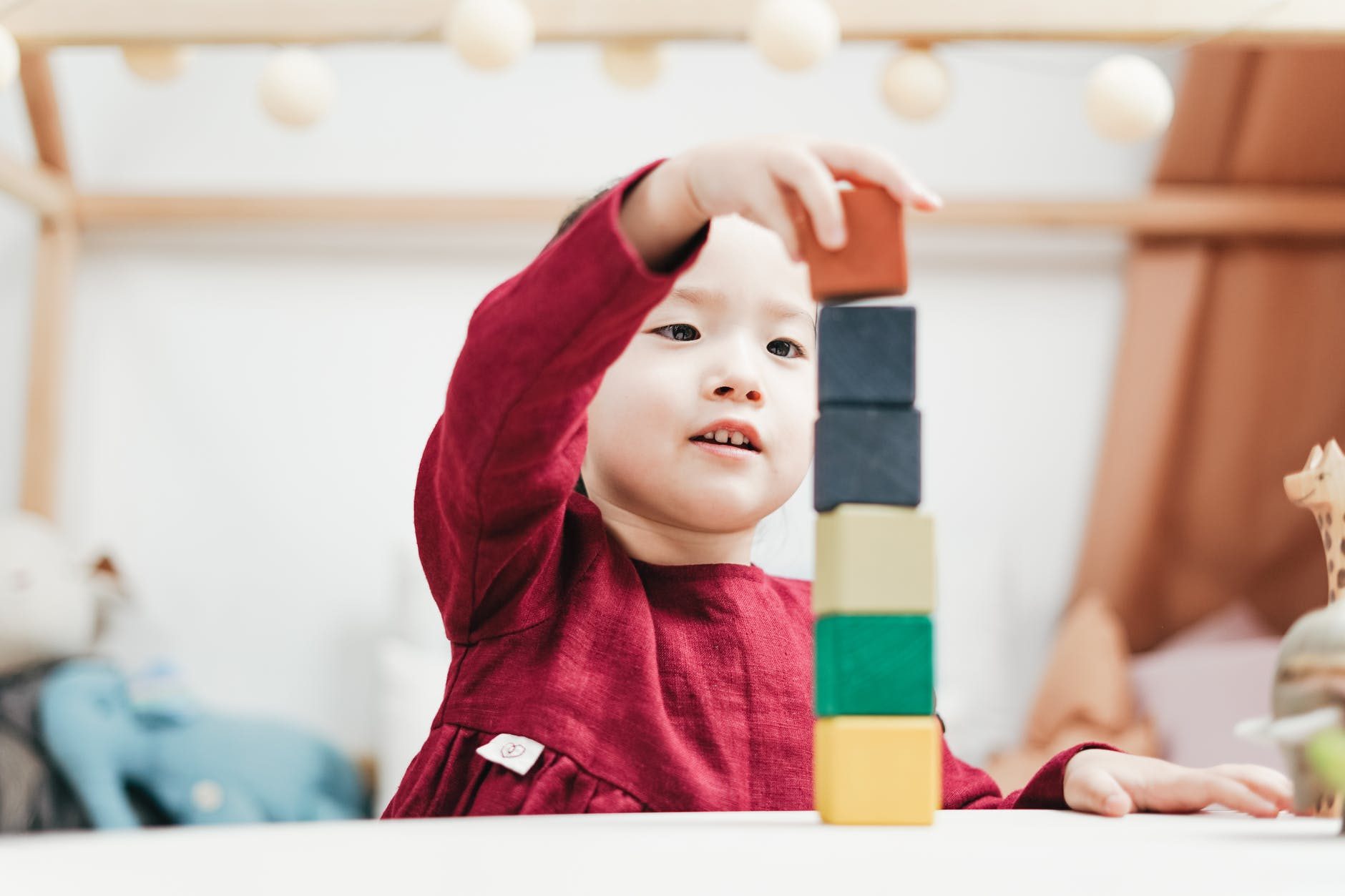
Most of us will be familiar with our national preschools that offer quality and affordable education for preschoolers.
In this structure, preschool teachers develop the curriculum that fosters children’s curiosity that:
- Nurture children’s competence
- Encourages active learning through experimenting
- Develops children’s reasoning and thinking skills
- Explore and discover the world
Some of the schools’ timetables may incorporate Montessori or Play-Based curriculum but not as a whole. Our national preschools are widely available in various parts of Singapore and many of them are affordable.
From infant care all the way to kindergarten, parents can have options to enroll their child in the preschool closest to them.
Conclusion

A preschool or child care centre could be your child’s first experience in a different environment. It could also mean it’s their first time interacting with other children.
A child’s great foundation starts from small beginnings, hence choosing the best preschool for your child ensures they excel throughout their studies, up until they graduate from the university.
